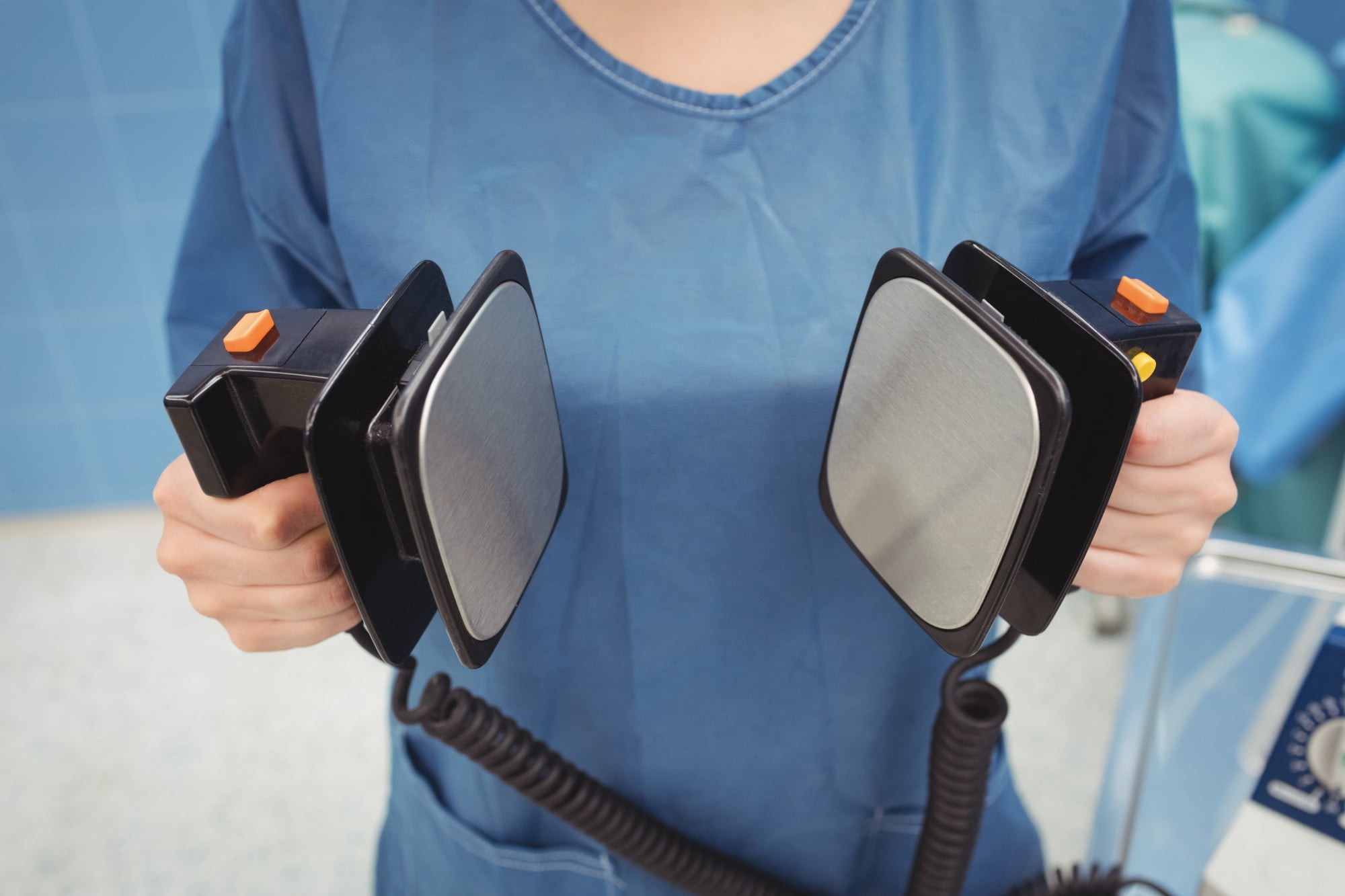One moment, a person is breathing, the next, they are not. Cardiac arrest can happen to any of us. But thanks to defibrillators, it no longer has to mean death.
Without a defibrillator on hand, you could lose precious moments performing CPR. The clock is ticking.
So what are the different types of defibrillators, and how can you maximize the chances of the victim surviving? Keep reading for a breakdown of your options, including external and implantable defibrillators.
Automatic External Defibrillators
An AED is a battery-operated device that shocks the heart with electricity. Through the chest wall or through electrodes positioned on the chest, the shock can be administered.
There are two main types of AEDs: manual and automatic. Manual AEDs require the rescuer to push a button to deliver the shock, while automatic AEDs will deliver the shock automatically if it detects an abnormal heart rhythm.
AEDs are an important tool for treating SCA, but they are not the only tool. CPR is also an important part of treatment for SCA.
Implantable Cardioverter
What is a defibrillator? Implantable cardioverters are one type of defibrillator. They are gadgets that are attached to the heart and inserted beneath the skin. People with potentially fatal arrhythmias are treated with them.
These arrhythmias can cause the heart to stop beating or to beat too fast. The implantable cardioverter-defibrillator shocks the heart when it needs to. This helps to restore a normal heartbeat.
Wearable Cardioverters
There are different types of defibrillators, but the most common are external and internal. External defibrillators are usually portable and can be used by first responders, while internal defibrillators are implanted devices used by people with cardiac conditions.
Wearable cardioverters are a type of defibrillator that can be worn by people at risk for sudden cardiac death. They are often used in combination with other medical devices, such as pacemakers.
WCD monitors the heartbeat and can deliver a shock to the heart if needed. You can wear this kind of defibrillator continuously or only when necessary.
Public-Access Types
There are three main types: manual, semiautomatic, and automatic. Manual defibrillators are the most basic and require the operator to manually deliver the shock. Semiautomatic ones will deliver the shock automatically after the operator has placed the paddles on the patient, but the operator must still press the button to deliver the shock.
Automatic defibrillators will automatically deliver the shock without input from the operator, making them the easiest to use. Public access defibrillators (PADs) are a type of automatic defibrillator that is designed for use by the layperson with little to no training. PADs are often found in public places such as airports and office buildings.
Types of Defibrillators
There are many different types of defibrillators, each with its own unique features and benefits. With so many options available, it is important to consult with a medical professional to determine which one is right for you. With the right defibrillator, you can be prepared for anything.
If you think this article has helped you, check out our other blogs!




